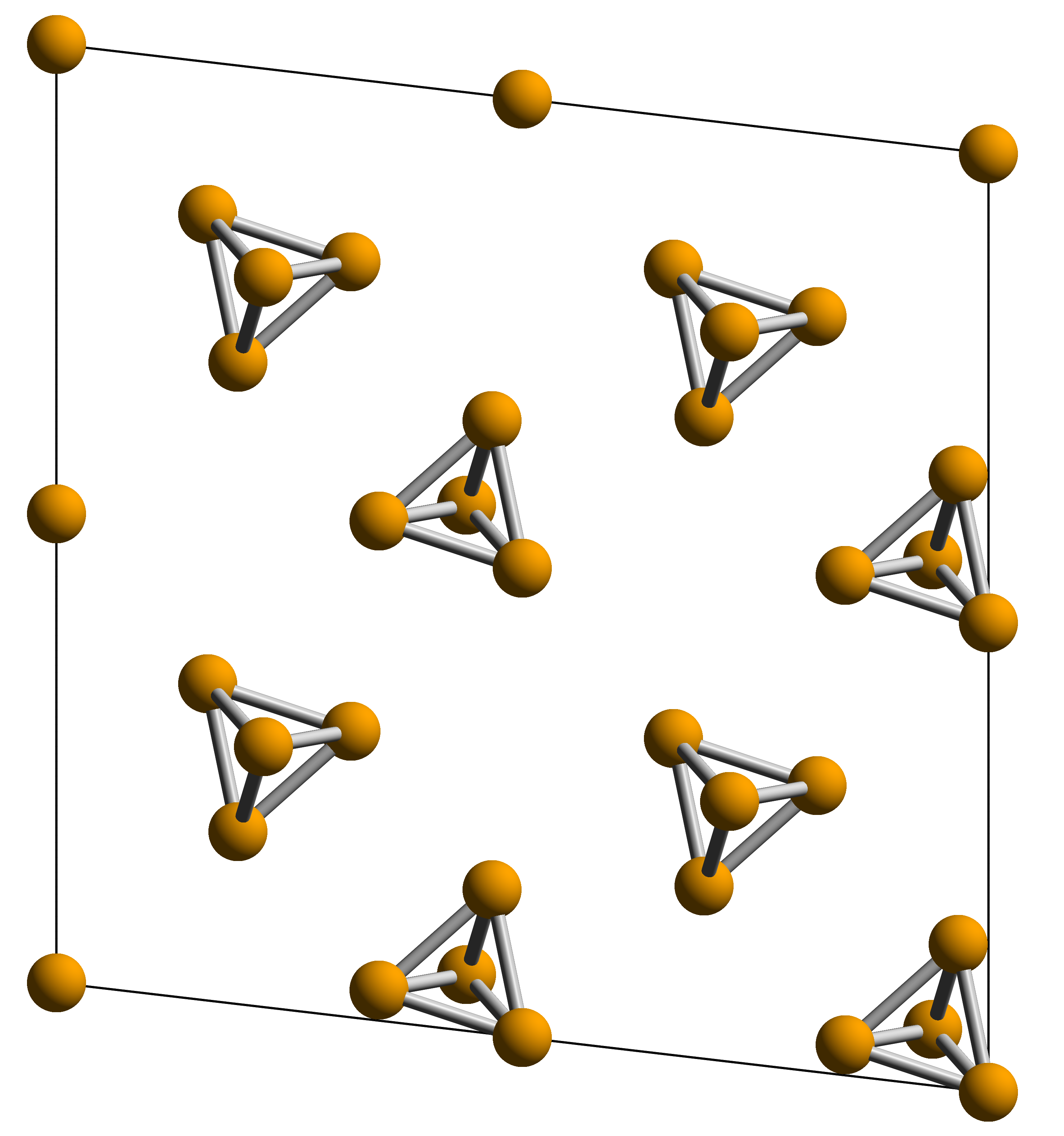|
Handflammpatrone
The ''Handflammpatrone'' DM34 Cartridge Launcher model HAFLA-35L ("hand-held flame-cartridge") was a single-shot, disposable incendiary weapon issued to the German Armed Forces from 1976 to 2001. Manufactured by Buck KG. An earlier version HAFLA-35 had been in service from 1965. The weapon consisted of three compressed sections of incendiary red phosphorus contained in a projectile with a time fuse and bursting/scattering charge. The cartridge was held in an aluminium launch tube, externally reinforced with pasteboard. A pivoting handgrip with safety button, a primer and initial propelling charge are at one end of this tube, the other end with the cartridge being sealed with a plastic cover, making a watertight unit. The firing mechanism is locked until the safety button gets pressed and the handle unfolded, an act that exposes the trigger and releases a safety mechanism. When the trigger is pulled, the primer ignites the initial propelling charge, setting the red phosphorus round ... [...More Info...] [...Related Items...] OR: [Wikipedia] [Google] [Baidu] |
Einstossflammenwerfer 46
The ''Einstossflammenwerfer'' 46 was a handheld single shot flamethrower designed in Germany during the second half of World War II and introduced in 1944; it was engineered to be both cheap and easily mass-produced, falling into the category of throwaway flamethrower. The disposable weapon fired a half-second burst of flame of up to .''German Airborne Troops 1939-45'' (excerpt via Google Books) - Quarrie, Bruce & Chappell, Mike; Osprey Publishing, 1983, Page 22, It was issued to the ''Volkssturm'' or the ''Werwolf'' movement, but also used by the ''Fallschirmjäger (World War II), Fallschirmjäger'' (German paratroopers). It was inspired by the Italian "Lanciafiamme Mod. 41 d'assalto". The weapon was developed during the second half of World War II and used ... [...More Info...] [...Related Items...] OR: [Wikipedia] [Google] [Baidu] |
Incendiary Weapon
Incendiary weapons, incendiary devices, incendiary munitions, or incendiary bombs are weapons designed to start fires. They may destroy structures or sensitive equipment using fire, and sometimes operate as anti-personnel weaponry. Incendiaries utilize materials such as napalm, thermite, magnesium powder, chlorine trifluoride, or white phosphorus. Though colloquially often called "bombs", they are not explosives but in fact operate to slow the process of chemical reactions and use ignition rather than detonation to start or maintain the reaction. Napalm, for example, is petroleum especially thickened with certain chemicals into a gel to slow, but not stop, combustion, releasing energy over a longer time than an explosive device. In the case of napalm, the gel adheres to surfaces and resists suppression. Pre-modern history A range of early thermal weapons were utilized by ancient, medieval/post-classical and early modern armies, including hot pitch, oil, resin, animal fat ... [...More Info...] [...Related Items...] OR: [Wikipedia] [Google] [Baidu] |
German Armed Forces
The (, ''Federal Defence'') are the armed forces of the Federal Republic of Germany. The is divided into a military part (armed forces or ''Streitkräfte'') and a civil part, the military part consists of the four armed forces: German Army, German Navy, German Air Force and Cyber and Information Domain Service, which are supported by the Bundeswehr Support Area. , the had a strength of 180,215 active-duty military personnel and 80,761 civilians, placing it among the 30 largest military forces in the world, and making it the second largest in the European Union behind France. In addition, the has approximately 34,600 reserve personnel (2024). With German military expenditures at $88.5 billion (2024), the is the fourth-highest-funded military in the world, though military expenditures have until recently remained low at an average at 1.5% of national GDP, well below the non-binding NATO target of 2%. In 2024, Germany fulfilled NATO obligations of spending 2% of its ... [...More Info...] [...Related Items...] OR: [Wikipedia] [Google] [Baidu] |
Red Phosphorus
Red phosphorus is an Allotropes of phosphorus, allotrope of phosphorus. It is an amorphous polymeric red solid that is stable in air. It can be easily converted from white phosphorus under light or heating. It finds applications as matches and fire retardants. It was discovered in 1847 by Anton von Schrötter. Structure Red phosphorus is an amorphous form of phosphorus. Crystalline forms of red phosphorus include Hittorf's phosphorus and fibrous red phosphorus. The structure of red phosphorus contains the fragments illustrated below: Preparation One method of preparing red phosphorus involves heating white phosphorus in an inert atmosphere like nitrogen or carbon dioxide, with iodine as catalyst. Another theoretically possible method of red phosphorus production is via light irradiation of white phosphorus. However, it has not been used industrially, likely due to the suspicious quality and unidentified structure the product. Properties Under standard conditions, red phosphor ... [...More Info...] [...Related Items...] OR: [Wikipedia] [Google] [Baidu] |
White Phosphorus
White phosphorus, yellow phosphorus, or simply tetraphosphorus (P4) is an allotrope of phosphorus. It is a translucent waxy solid that quickly yellows in light (due to its photochemical conversion into red phosphorus), and impure white phosphorus is for this reason called yellow phosphorus. White phosphorus is the first allotrope of phosphorus, and in fact the first elementary substance to be discovered that was not known since ancient times. It glows greenish in the dark (when exposed to oxygen) and is highly flammable and pyrophoric (self-igniting) upon contact with air. It is toxic, causing severe liver damage on ingestion and phossy jaw from chronic ingestion or inhalation. The odour of combustion of this form has a characteristic garlic odor, and samples are commonly coated with white " diphosphorus pentoxide", which consists of tetrahedra with oxygen inserted between the phosphorus atoms and at their vertices. White phosphorus is only slightly soluble in water and can ... [...More Info...] [...Related Items...] OR: [Wikipedia] [Google] [Baidu] |
Cold War Weapons Of Germany
Cold is the presence of low temperature, especially in the atmosphere. In common usage, cold is often a subjective perception. A lower bound to temperature is absolute zero, defined as 0.00K on the Kelvin scale, an absolute thermodynamic temperature scale. This corresponds to on the Celsius scale, on the Fahrenheit scale, and on the Rankine scale. Since temperature relates to the thermal energy held by an object or a sample of matter, which is the kinetic energy of the random motion of the particle constituents of matter, an object will have less thermal energy when it is colder and more when it is hotter. If it were possible to cool a system to absolute zero, all motion of the particles in a sample of matter would cease and they would be at complete rest in the classical sense. The object could be described as having zero thermal energy. Microscopically in the description of quantum mechanics, however, matter still has zero-point energy even at absolute zero, because ... [...More Info...] [...Related Items...] OR: [Wikipedia] [Google] [Baidu] |
Flamethrowers Of Germany
A flamethrower is a ranged incendiary device designed to project a controllable jet of fire. First deployed by the Byzantine Empire in the 7th century AD, flamethrowers saw use in modern times during World War I, and more widely in World War II as a tactical weapon against fortifications. Most military flamethrowers use liquid fuel, typically either heated oil or diesel, but commercial flamethrowers are generally blowtorches using gaseous fuels such as propane. Gases are safer in peacetime applications because their flames have less mass flow rate and dissipate faster and often are easier to extinguish. Apart from the military applications, flamethrowers have peacetime applications where there is a need for controlled burning, such as in sugarcane harvesting and other land-management tasks. Various forms are designed for an operator to carry, while others are mounted on vehicles. Military use Modern flamethrowers were first used during the trench warfare conditions of ... [...More Info...] [...Related Items...] OR: [Wikipedia] [Google] [Baidu] |
Incendiary Weapons
Incendiary weapons, incendiary devices, incendiary munitions, or incendiary bombs are weapons designed to start fires. They may destroy structures or sensitive equipment using fire, and sometimes operate as anti-personnel weapon, anti-personnel weaponry. Incendiaries utilize materials such as napalm, thermite, magnesium, magnesium powder, chlorine trifluoride, or white phosphorus munitions, white phosphorus. Though colloquially often called "bombs", they are not explosives but in fact operate to slow the process of chemical reactions and use Combustion, ignition rather than detonation to start or maintain the reaction. Napalm, for example, is petroleum especially thickened with certain chemicals into a gel to slow, but not stop, combustion, releasing energy over a longer time than an explosive device. In the case of napalm, the gel adheres to surfaces and resists suppression. Pre-modern history A range of early thermal weapons were utilized by Ancient history, ancient, Middle ... [...More Info...] [...Related Items...] OR: [Wikipedia] [Google] [Baidu] |





